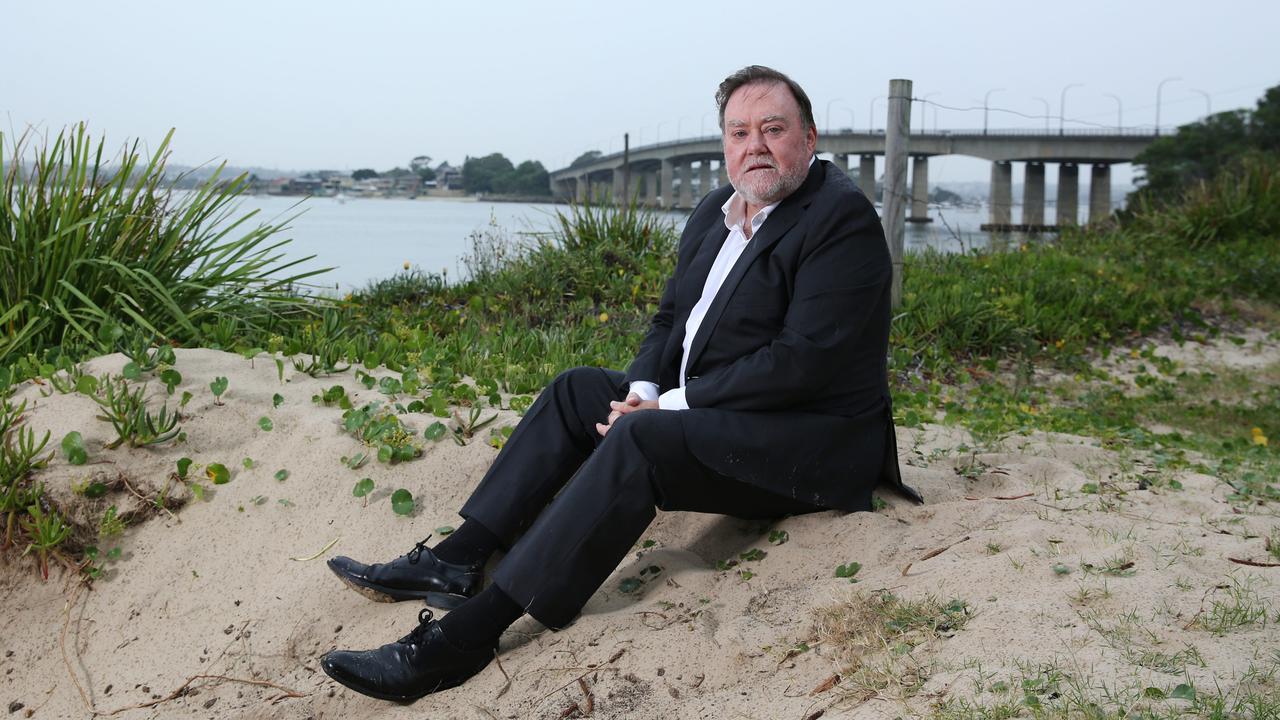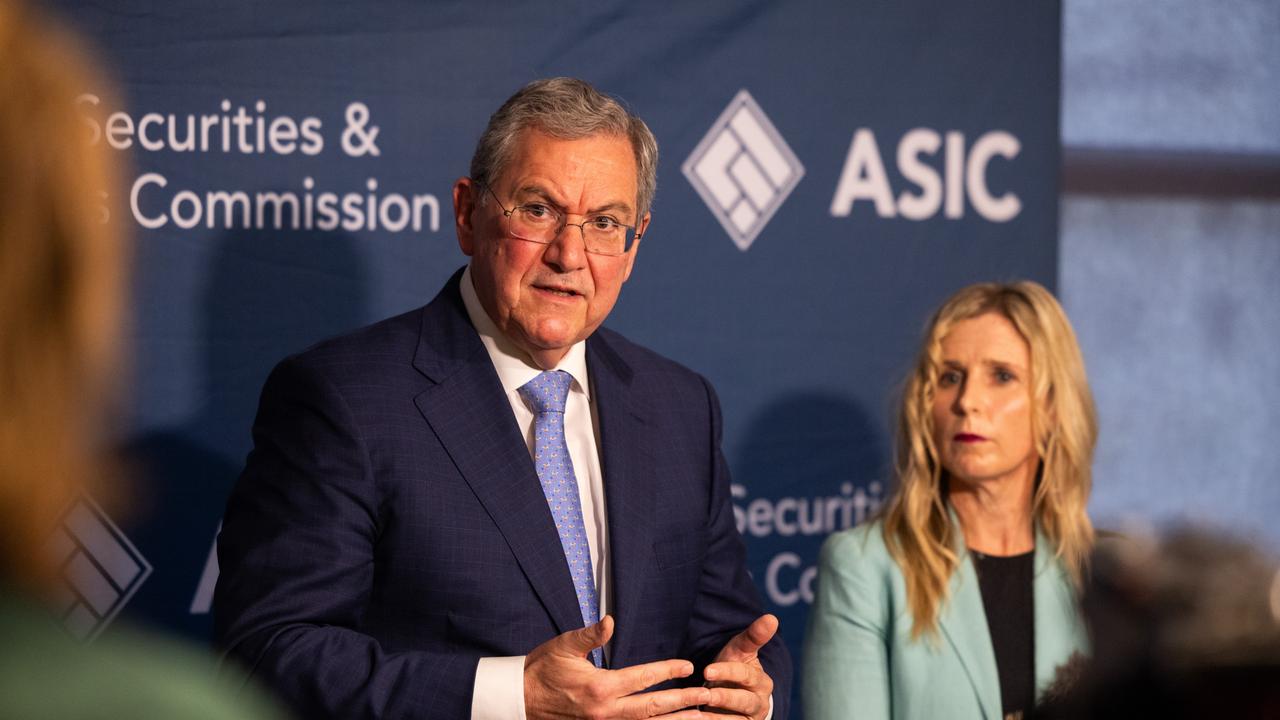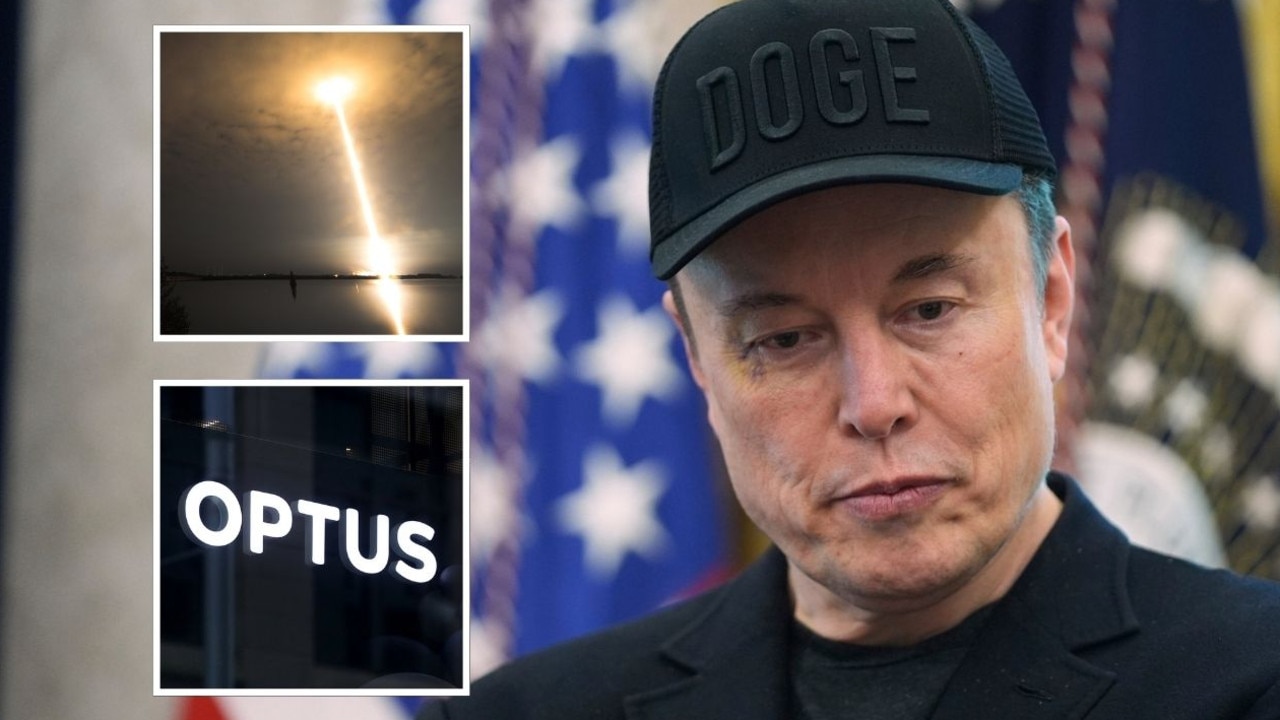Has Ryan Stokes overplayed his hand in $2.1bn battle for Boral
The ball is now firmly in Ryan Stokes’ court, including whether he comes good on his threats to squeeze out Boral’s board.

Business
Don't miss out on the headlines from Business. Followed categories will be added to My News.
Boral’s boardroom promises to be a barrel of laughs in coming months as spurned chairman Ryan Stokes begins turning up the heat on his fellow directors and small shareholders.
For the second time in three years, Boral faces a bitter battle for control, although this time the fight is coming from inside the boardroom. Stokes is at the centre of both fights but previously he was the outsider knocking on the door.
The question now is whether Stokes may have overplayed his hand in the $2.1bn bid to secure the “last mile” of ownership from Boral’s minority shareholders.
After an audacious raid through the Covid-19 pandemic, Stokes controls more than 72 per cent of the resurgent building materials player through his ASX-listed Seven Group, and last month came back with a lowball share-and-cash offer to mop up the minorities.
Now standing in his way is former CSR boss and Boral’s lead independent director, Rob Sindel, as well as four other independent directors, including Treasury Wines chairman Paul Rayner.
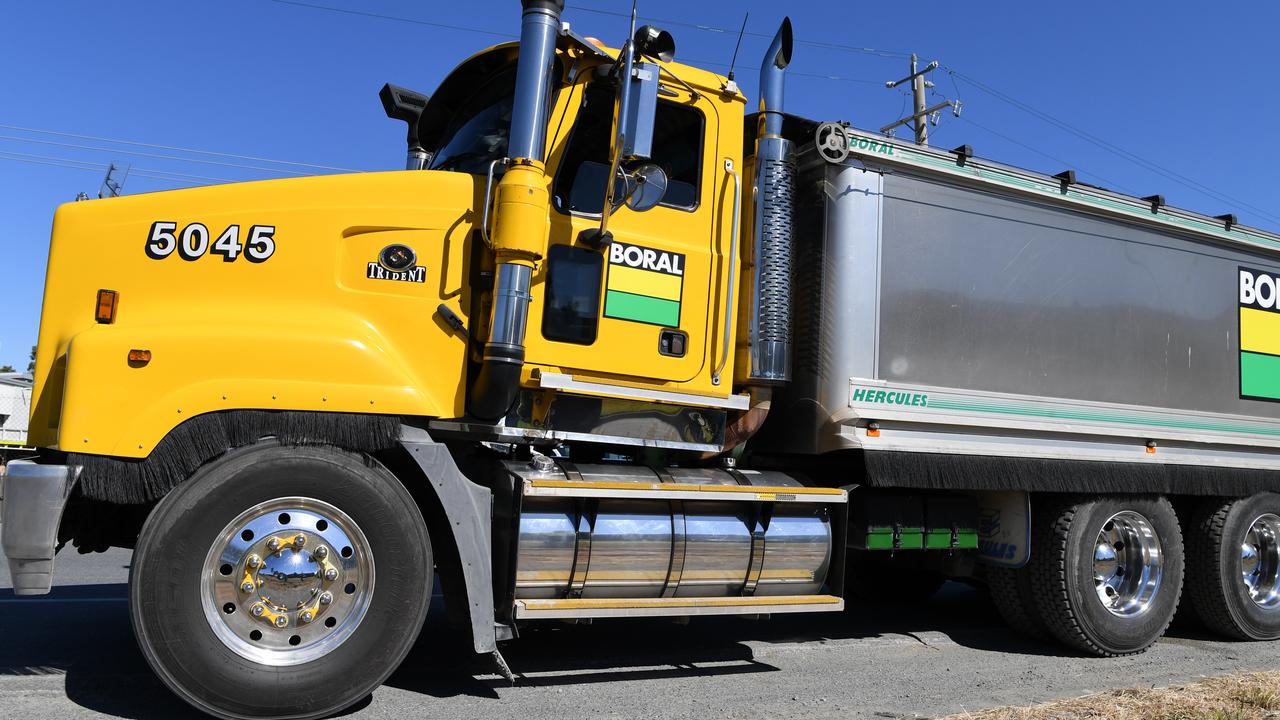
After a month of mulling Seven’s offer they’ve sent Stokes packing, arguing he is trying to get Boral on the cheap.
They believe there is far more upside to come in Boral’s “good to great” turnaround under chief executive Vik Bansal, who ironically, had been personally lured by Stokes across from Wyalla Steel owner InfraBuild.
Significantly, Sindel and his band of independents argue Stokes will get the benefit of between $1.4bn and $1.6bn of surplus property expected to be sold off and returned to all shareholders over time. It is this property play that represents the biggest tangible sticking point on the valuation gap and compares to Boral’s latest results in February where it had a $1bn price tag on the 25 surplus properties.
Admittedly, a lot hinges on getting the top end of the valuation, including a clean-up, rezoning as well as developer support, but they say the potential is there.
The real question is whether Stokes moved too aggressively with a skinny 6 per cent premium while putting minority shareholders off-side with threats of steamrolling holdouts.
Stokes also declared his opening offer “best and final”, immediately cutting off any room for engagement with Boral’s independent directors.
Sindel’s position has been backed by independent expert Grant Samuel that has also determined the Stokes offer neither fair nor reasonable. Stokes’ bid is scheduled to expire on April 4, but that’s not where the story ends.
Stokes’ move
The ball is now firmly in Stokes’ court, including whether he comes good on his threat to seek proportional board representation on Boral’s board over Seven’s current two seats – including chair.
This is the most likely first step which will give him greater control over how future cashflows should be spent, including for the benefit of Seven Group.
Sindel could push for conditions on the new board seats. Even if Stokes gets his way and returns with another bid down the track, it will still come down to independent directors making a recommendation on any future offer.
More controversial is Stokes’ threat to push ahead with a delisting of Boral as soon as able to do so. Even if Stokes hits the minimum 75 per cent needed to start the delisting process, it could be a tougher ask than he thinks.
Boral has more than 47,000 shareholders who could be left “stranded” and the ASX will take a dim view on this. The exchange has the final say in the matter of delisting and is unlikely to allow Stokes to vote his stake on the issue at a general meeting.
Stokes gave a pointed reminder on Tuesday that retail shareholders refusing to sell risk being stranded in an “illiquid position with no dividends”.
Stokes’ bid was built with sweeteners. It involved a step-up in cash on offer if Seven moved past the 80 per cent threshold and then another if it secures the critical 90 per cent-plus mark, allowing it to move to compulsory acquisition.
The maximum consideration of $6.19 a share valued Boral at $6.9bn. This is below Grant Samuel's fair market value of Boral shares in the range of $6.50 to $7.13 per share.
Stokes has been here before through a stand-off with Boral’s board yet still came up trumps, including taking control at a nil premium, a chair seat and access to cashflows.
Whether it works again with more hardened directors is doubtful. For now, Boral’s minorities are ignoring the threats and digging in for a better deal.
Long tail of power pain
There’s a very big sting in the tail of the latest default market price proposals that helps bring some relief to two years of soaring electricity costs. While wholesale generation costs are finally starting to fall as coal and gas prices come down, transmission costs are bucking the trend and are rising at double-digit rates.
Energy minister Chris Bowen and his cabinet colleagues were quick to take credit for the forecast drop in retail prices, but by the same token they need to own the mammoth transmission charges still to come as the nation switches out to renewables.
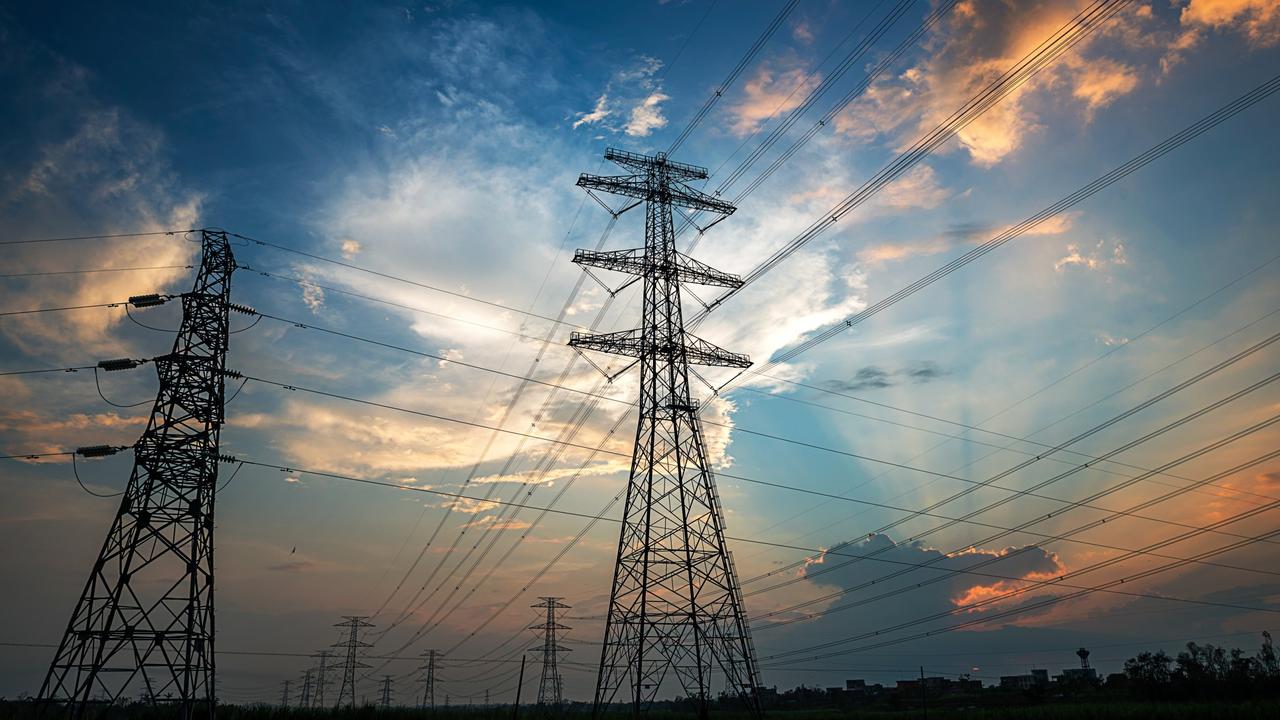
By their nature, wind and solar generators are being built a long way from our cities. And this means they are far away from the backbone of the energy grid that we already have.
High cost transmission connections represent the next construction wave as Australia rushes to 2030 net zero targets and beyond. There’s an estimated 10,000 kilometres of new transmission lines will need to be built over coming decades and much of this will be contested by planning rules and local communities, adding to delays and costs.
The Australian Energy Regulator’s latest default market offer delivers the majority of residential customers much-needed electricity price falls of between 0.4 per cent and 7.1 per cent. Some households could face small price increases, however this comes in below the expected pace of inflation and wage growth.
The AER proposal also gives the majority of small business customers price cuts between 0.3 per cent and 9.7 per cent.
Remember, last year’s ruling was a shock in more ways than one, with residential customers smashed with price rises of up to 23.7 per cent and small businesses up to 25.4 per cent.
The price falls this year are welcome relief, but only go some of the way to clawing back last year’s super-sized price hikes.
The AER’s annual default offer acts as a benchmark for retail electricity prices across NSW, south east Queensland and South Australia. Victoria runs its own default offer scheme, and earlier Tuesday it proposed a drop in the flat tariff by 6.4 per cent, and forecast the average annual bill for small business customers to fall by 7 per cent.

The direction of transmission and network costs is critical given they make up 40 per cent of the final household power bill, which is just as much as wholesale generation.
And under the AER’s latest proposals, transmission costs are forecast to rise on average at double-digit rates.
The NSW government-backed Ausgrid, that also counts Australian Super and IFM Investors, is among the biggest winners, securing network price rises of nearly 13 per cent. Essential Energy, backed by the NSW government and Macquarie will see price rises of more than 20 per cent.
AER chair Clare Savage says there’s still a bit of “catch-up” in pricing on transmission costs after lower revenue due to last year’s mild winter. But there’s also been “significant investment” in the network under the NSW renewables road map as well as additional spending on strengthening the nation’s ageing poles and wires.
“What we are seeing now is that distribution networks, which is the lower voltage networks – they tend to be the power poles in the street rather than the ones that say crisscrossing the country – there’s a lot of pressure there too. Not so much from the transition to renewables but from climate resilience,” Savage says.

In the near term at least, the expected falls in electricity prices will be a big factor in taking pressure off inflation, and this adds to confidence the Reserve Bank can begin cutting interest rates from later this year.
As well as consumers, the falls will be a relief to Anthony Albanese, whose government remains highly vulnerable to cost-of-living pain.
Electricity and gas prices make up the biggest ongoing household costs behind rent in the basket of goods that feed into official inflation numbers.
Although a small overall component of the CPI with a 3.2 per cent weighting, the energy price surge of the past two years had an outsized impact on headline inflation numbers, which in turn has been driving up the official cash rate.
The RBA kept its cash rate on hold at 4.35 per cent on Tuesday although the central bank backed away from its previous hawkish comments. RBA governor Michele Bullock said while inflation is easing it will take some time before it returns to a sustainable target.
Economists are tipping the next rate move by the RBA to be a cut, although they are still pencilling in September at the earliest.
johnstone@theaustralian.com.au
Originally published as Has Ryan Stokes overplayed his hand in $2.1bn battle for Boral


